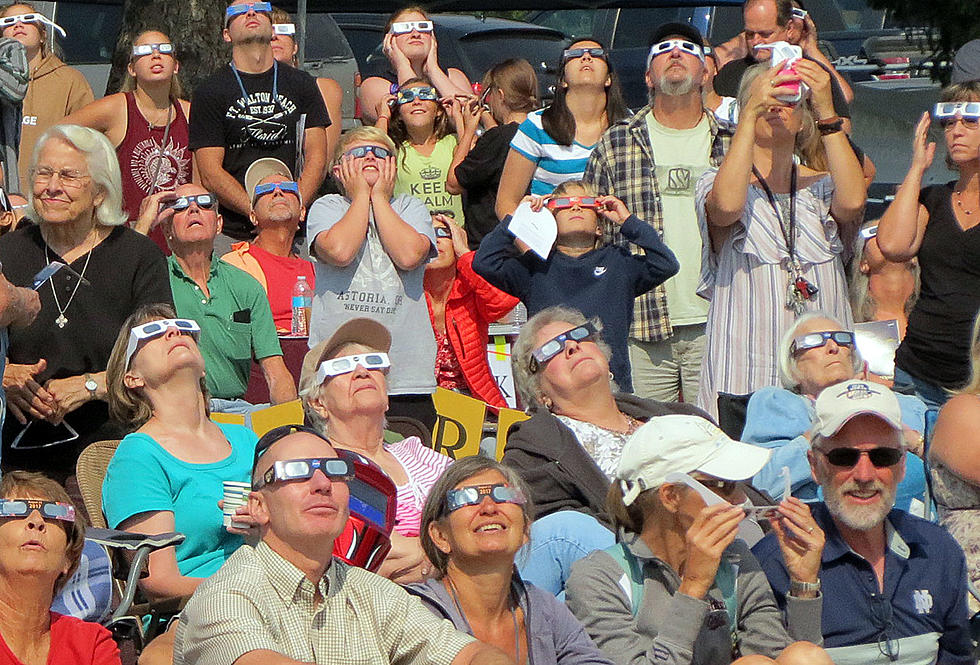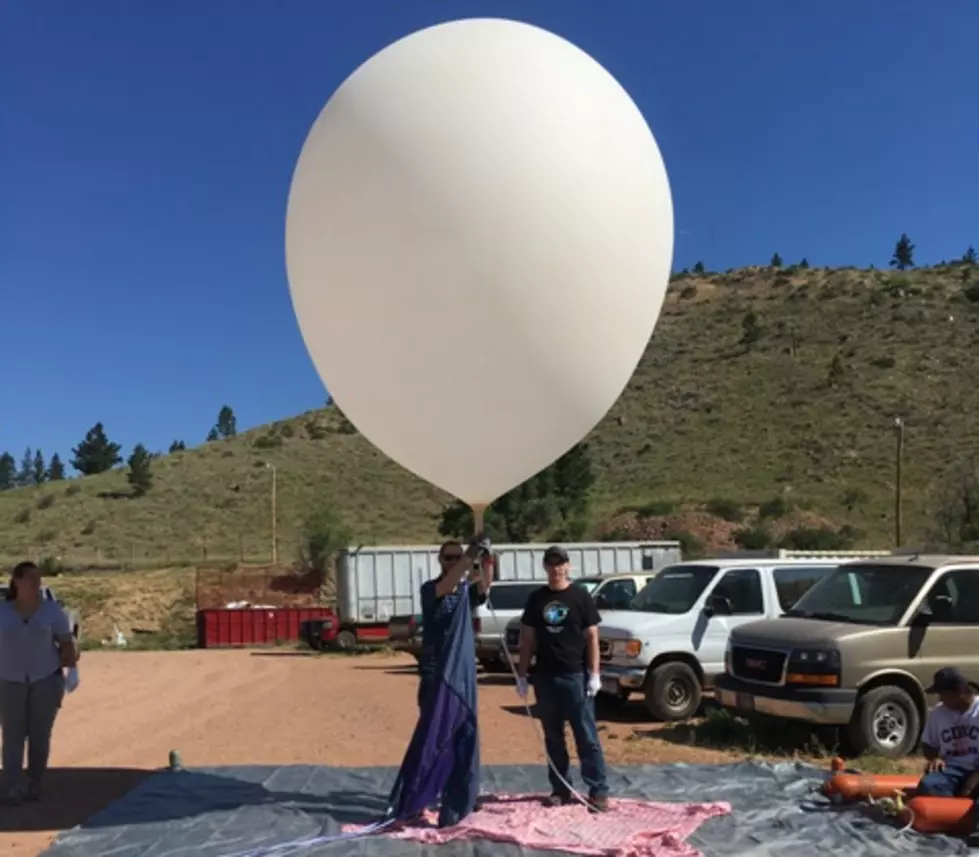
Solar Eclipse Will be Visible in Montana This Weekend
When it comes to astronomical events, it seems like I’m always a day late and a dollar short.
Over the years, I’ve missed comets, meteor showers and the Northern Lights, and although I recall seeing a shooting star once when I was a kid, I’m now fairly certain that it was actually just an airplane.
But now I have another chance to experience one of the universe’s great natural phenomena: a solar eclipse.
For the first time in 10 years, a rare kind of eclipse known as an annular solar eclipse is projected to be visible over Montana. According to scientists, the event will be most visible in our area between the hours of 6:14 p.m. and 8:20 p.m. — with a peak time of about 7:20 p.m. — on Sunday, May 20.
During the eclipse, the moon will pass between the sun and the Earth, covering as much as 94 percent of the sun and producing the “ring of fire” effect commonly associated with eclipses.
Unfortunately, Montana is a bit north of the zone where sky-watchers will see the most defined ring of fire, but it is definitely worth a look. Those wishing to view the eclipse should use protective eye gear such as eclipse glasses, welder’s goggles or an astronomer’s filter made for sun observation, as the sunlight given off during an eclipse is still blindingly bright and could cause damage to the naked eye.
The eclipse also can be observed using binoculars or telescopes to project an image of it on a blank surface. Simply point the binoculars or telescope at the sun — without looking through the lenses — and aim the other end at a piece of paper or cardboard.
Evidence of the eclipse also will be visible in the shadows. Experts suggest looking at the beams of light beneath leafy trees. They will appear crescent-shaped due to the partial blockage of the light given off by the sun.
Brooke is a 2010 graduate of The University of Montana, where she ran track and cross country for the Grizzlies. She is currently working as a writer and editor in Missoula.
More From 94.9 KYSS FM









